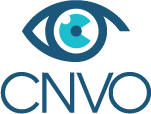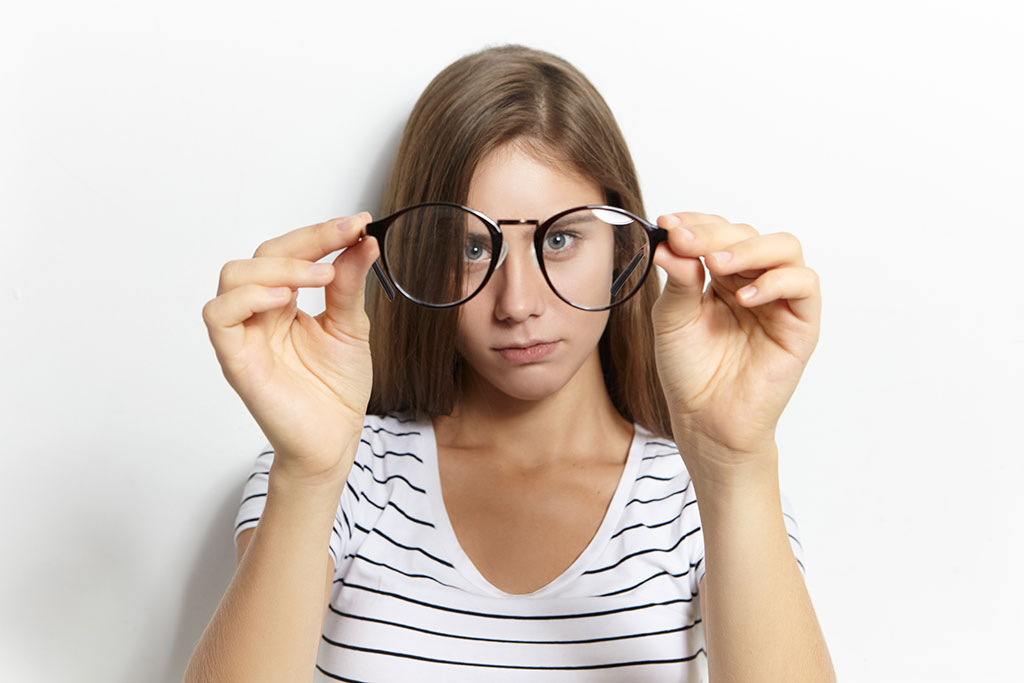Are there any solutions for treating myopia?
Scientific research is progressing rapidly, and there are now three recognized effective treatments for slowing the progression of myopia: atropine drops, myopia-retarding spectacle lenses and myopia-retarding lenses (including orthokeratology). When myopia appears at a very early stage or progresses rapidly, it is possible to combine optical systems and medication to make the braking treatment more effective.
Who to contact
The Centre Nord Vaudois d'Ophtalmologie now has a specialized consultation dedicated to the treatment of myopia in children and young adults. During this consultation, the patient is cared for by a multidisciplinary team comprising an orthoptist, an optometrist and an ophthalmologist, who work closely together to offer information and a treatment solution based on current recommendations (evidence-based medicine).
When to start treatment?
To be effective, treatment must be implemented as quickly as possible. In fact, myopia will never again progress as quickly as it did in the early years of its onset, so action must be taken without waiting for several dioptres to be lost.
How do I know if my child needs treatment?
To assess this, our center is equipped with state-of-the-art equipment capable of measuring axial length (eye length). This enables the specialist to compare your child's results with normal axial length growth curves (as for weight or height, which are used for follow-up at the pediatrician's) and adapt treatment to his or her situation.
Are these myopia-reducing treatments really effective?
On average, a myopia-reducing treatment will be able to reduce the residual myopia expected in adulthood by more than half (e.g. a patient who would have been -9D myopic in adulthood can be expected to be only -4D myopic in adulthood).
There are several glasses and contact lenses on the market, and the rate of effectiveness of the chosen treatment must be correlated with the child's risk of developing significant myopia in adulthood. Current recommendations are to keep myopia below 6D or axial length below 26mm, as beyond this, the risk of suffering severe visual impairment increases significantly.
What are the benefits of curbing myopia?
Being as short-sighted as possible means :
- Enjoy better vision without optical equipment (the lower the myopia, the farther you can see without glasses)
- improve chances of future refractive surgery (the lower the myopia, the easier laser surgery)
-Facilitate tolerance and choice of contact lenses (the lower the myopia, the greater the range of lens types available. What's more, the thinner the lens, the better it lets oxygen through)
- Preserve your visual health both now and in old age (each diopter of myopia avoided reduces the risk of developing maculopathy by 67%, whereas myopia of more than 5D considerably increases the risk of suffering severe visual impairment from the age of 65).


